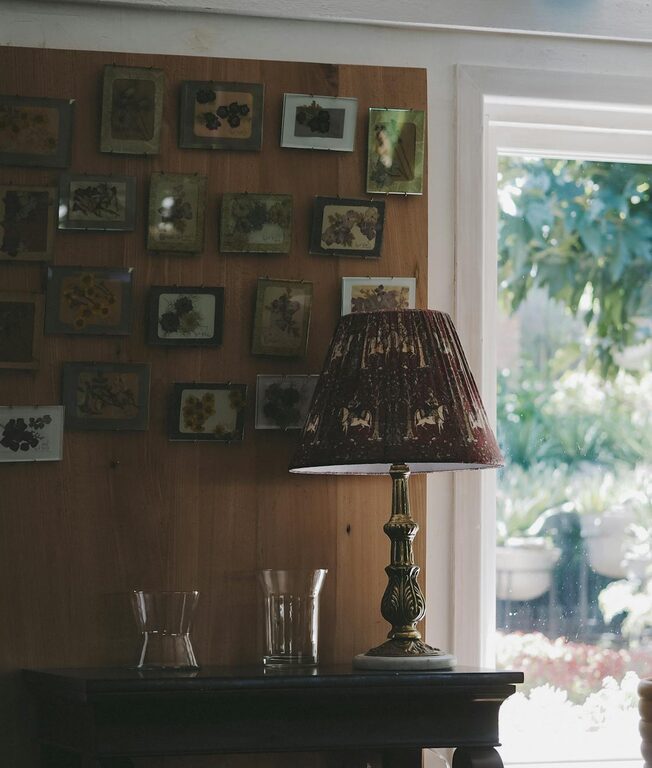Tips for Choosing Comfortable Home Lighting

Creating a comfortable and inviting atmosphere at home starts with the right lighting. Whether you’re reading a book, cooking dinner, or simply relaxing, good lighting plays a key role in how a space feels and functions. But choosing the perfect lighting isn’t always straightforward. From brightness and color temperature to fixture styles, many factors influence comfort and practicality.
In this post, we’ll explore helpful tips for selecting comfortable home lighting that suits your lifestyle and enhances every room.
Why Comfortable Lighting Matters
Proper lighting goes beyond making a space look nice. It affects your mood, productivity, and even your health. Excessively bright or harsh lighting can cause eye strain and headaches, while dim or uneven lighting may make it hard to focus or create a gloomy atmosphere. Balancing brightness and warmth helps ensure your home feels relaxing and functional.
Consider the Purpose of Each Room
Different rooms have different lighting needs. Think about how you use each space:
– Living Room: A place for conversation, reading, and watching TV. Aim for layered lighting with options to adjust brightness.
– Kitchen: Task lighting is important—bright and clear light around counters and sinks for cooking safely.
– Bedroom: Soft, warm lighting promotes relaxation; bedside lamps are perfect for reading before bed.
– Bathroom: Bright lighting around mirrors supports grooming tasks; avoid shadows on your face.
– Home Office: Balanced, glare-free lighting that reduces eye strain during work.
Tailoring lighting to each room’s activities helps improve comfort and usability.
Choose the Right Brightness Level
Brightness is measured in lumens, and selecting the correct level is key:
– For general ambient lighting, 1,500 to 3,000 lumens per room is common.
– Kitchens and work areas usually require brighter light—up to 4,000 lumens.
– Bedrooms and dining rooms benefit from softer lighting, between 1,000 and 2,000 lumens.
Using adjustable lighting with dimmers allows you to change brightness based on the time of day or activity.
Select the Appropriate Color Temperature
Light color impacts how cozy or energizing a room feels. Color temperature is measured in Kelvins (K):
– Warm white (2700K–3000K): Creates a soft, cozy atmosphere—great for living rooms and bedrooms.
– Neutral white (3500K–4100K): Balanced light suitable for kitchens, bathrooms, and workspaces.
– Cool white (5000K+): Crisp and bright, often used in garages or task lighting but can feel harsh indoors.
Aim for warmer tones in relaxation areas and neutral tones where focus and visibility are important.
Layer Your Lighting
Combining different types of lighting adds dimension and flexibility:
– Ambient lighting: The main source of light, usually ceiling fixtures or recessed lights.
– Task lighting: Focused light for specific tasks such as reading, cooking, or working.
– Accent lighting: Highlights artwork, architectural features, or plants, creating visual interest.
Layering light sources allows you to customize the atmosphere and improve functionality.
Choose Fixtures That Suit Your Style and Needs
Lighting fixtures are both functional and decorative elements. When choosing, consider:
– The size and scale of the fixture compared to the room.
– The fixture’s purpose: is it for ambient light, a task, or decoration?
– The style and finish—does it complement your decor?
– Energy efficiency—LED bulbs consume less power and last longer.
Fixtures that match your home’s aesthetic add to overall comfort and satisfaction.
Pay Attention to Glare and Shadows
Glare from overly bright or poorly directed lighting can be uncomfortable. Avoid it by:
– Positioning lights so they don’t shine directly into your eyes.
– Using lampshades or diffusers to soften harsh light.
– Adding indirect or reflected lighting to reduce contrast.
Similarly, consider shadows, especially in kitchens and bathrooms, by placing lights where they illuminate evenly.
Use Smart Lighting for Convenience
Smart bulbs and lighting systems offer customizable settings you can control via your phone or voice assistant. Benefits include:
– Adjusting brightness and color temperature easily.
– Creating preset scenes for different moods or times of day.
– Scheduling lights to turn on and off automatically.
Smart lighting provides ultimate flexibility and helps maintain consistent comfort.
Test and Adjust Your Lighting
Before finalizing your lighting choices, test different bulbs and fixture placements:
– Experiment with bulb types—LED, incandescent, or CFL.
– Bring home bulbs to see how their color and brightness look in your space.
– Change dimmer settings and fixture angles to find what feels best.
Lighting preferences are personal, so tailor your choices until you feel comfortable and happy.
Final Thoughts
Comfortable home lighting is a balance of aesthetics and function. By considering the specific needs of each room, selecting the right brightness and color temperature, layering your lights, and paying attention to glare and shadows, you can create a warm and welcoming environment. Don’t forget to explore smart lighting options and take time to experiment. With the right approach, your home lighting will not only illuminate but enrich your daily living experience.




